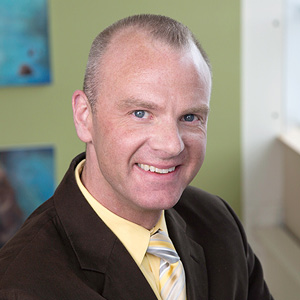Perception of the Growth of Nonprofits


Download and read the full report, featuring all 11 trends, here.
 Attempting to solve community problems without investing in nonprofit capacity is like sending soldiers to battle without weapons or armor.
Attempting to solve community problems without investing in nonprofit capacity is like sending soldiers to battle without weapons or armor.
Over the past several years, the philanthropic sector has become acutely aware of the critical state nonprofit capacity is in and the fundamental role it plays in meeting stakeholder needs and expectations. The Urban Institute addressed this in 2001 with their report, Building Capacity in Nonprofit Organizations, where they laid out the need for support for organizations to define their mission, develop leadership, grow and sustain resources, engage in outreach, improve products and services, and put in place critical monitoring and improvement systems. Further, they pointed out a need for support to build and maintain this model of organizational infrastructure.
Yet, beyond infrastructure and the awareness for support are knowledge, experience, and resources, which are issues that need more attention if nonprofit organizations are to impact the problems that trouble communities the most.
Traditionally, our sector has defined nonprofit capacity through the limited lens noted above and included the skill-based knowledge the nonprofit workforce requires, both paid and volunteer, and their access to technology. However, there are two other equally important and interconnected dimensions that more fully define capacity. One relates to the ability of organizations to anticipate, adapt to and leverage the changing cultural and economic conditions of their environment. The other considers the well-being of communities and the roles nonprofits play in shaping their overall character, values, and quality of life.
New generations of leaders in the sector are engaging in a deep examination of these challenges or new ways the sector needs to work. These change-makers, or disrupters of the norms and asking hard questions and exploring new community-based solutions that stretch the boundaries of what we think of as typical work in the sector and thereby the needs nonprofits have to be relevant.
For instance, author, philanthropist, and activist Debra Frieze (during her visit to Grand Rapids as part of the Johnson Center’s Strategic Leadership Series) pushed on the traditional ways most communities approach inclusion and equity by exploring the idea of biomimicry and how it should inform community building.
Similarly, Dennis McMillian of Alaska’s Foraker Group introduced Chaordic Theory, a concept of social and cultural evolution created by Dee Hock, founder of VISA. Translating it to the nonprofit sector, Dennis shared a vision of our future nonprofit sector where hierarchical organizational structures will be a thing of the past. In its place will networks and systems that are adaptive, nonlinear, self-organizing, and complex.
Examples of these patterns are already taking shape in many aspects of today’s society. The questions before the sector are 1) How are these patterns impacting the way nonprofits should work, and 2) Will they be comfortable with the changes that will be needed to be relevant, effective, and enduring agents of positive social change?
